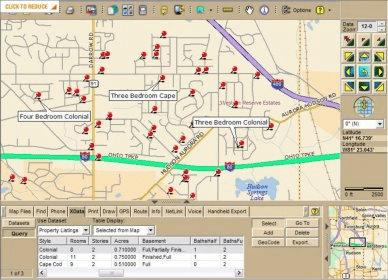

Countless Delorme atlases are stashed under seats, have wrinkled edges, some slight dirt stains and fine grains of sand from countless trips done or planned on the fly for the backcountry. This Maine-based company is nearly 40 yrs old and is very much a part of many outdoor enthusiasts gear kit. The answer for many years was, and still is, a Delorme Gazetteer and Atlas. If I am going to an obscure pueblo in Utah or even a trail head, I need this type of detail.Ī Rand McNally will not have the right detail and a topo or a typical commercial hiking map will not necessarily give the broader overview I need for this “in-between” navigation.

Something that shows not only the fabled blue highways, but also the brown (dirt) ones, local landmarks and other geographical information. Not the Rand McNally atlas for highways and city roads (which I also make use of), but rather a road atlas with more detail needed for the backcountry areas.

An automotive-based GPS does not always have the necessary data for non-city driving and relying on a cell phone is never a good idea. Likewise, getting to a more obscure trailhead or navigating backcountry FS or BLM roads, a map is still needed. Other devices and tools may help you stay on route, but a map will let you plan and alter your route much easier. For off-trail hiking especially, there is no real substitute for the appropriate map. Despite the prevalence of smart phone apps, GPS devices or even being on a well-marked trail, I find a map is needed. Not only do I simply like maps, they are also a necessary tool. When I am on any kind of backcountry trip, I always take maps. The Delorme Atlas and Gazetteer and the Benchmark Road and Recreation Atlas. There are two standards for backcountry road navigation. Winter trip reports, gear overviews, tips, and techniques.Road trip and car camping – gear and techniques.


 0 kommentar(er)
0 kommentar(er)
